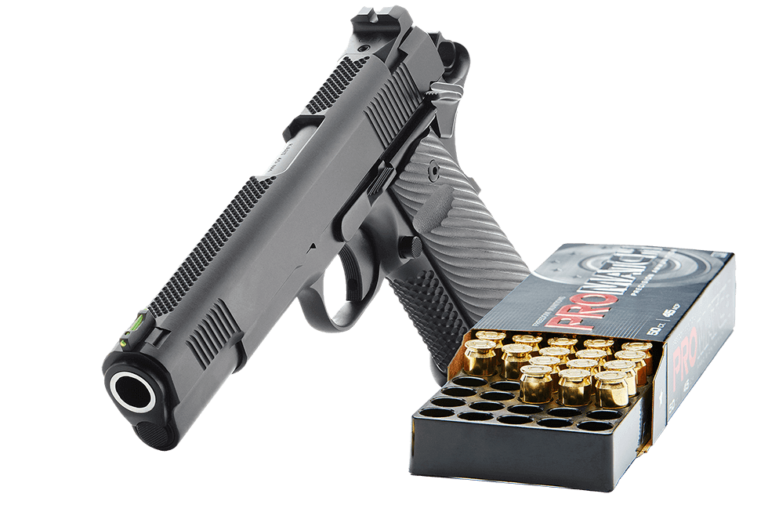

That’s down to +44% more, but +7 in the round count. Shooter #1 shoots 16, Shooter #2 shoots 23. For example, 10 seconds to stop but with 8rd 1911 magazine instead of the 7rd. As you lengthen the time to stop, the discrepancy in percentage terms drops but the round count differential still can be rather large. Of course, I picked one of the most extreme cases, just to wake you up.

Round count is largely meaningless as a predictor of cartridge effectiveness without a lot more context. Still 40% more rounds! And 3 seconds is pretty quick! What happens if the BG drops in just 3 seconds? Shooter 1 gets off 7 rounds (still) and Shooter #2 shoots “only” 10. Yes, the Glock 17 shooter shoots more than twice as many rounds! Remember, this is with the first round being a fatal though not instantly incapacitating wound. In this instance Shooter #1 (1911) will shoot 7 rounds. In our first case, we will assume the BG drops in just 5 seconds. We will also assume that the shooters can both shoot 3 rounds per second (0.33 splits) and their reload times are 3 seconds. We will assume that there are no spinal hits or effective head shots (which, regardless of caliber, would be instantly incapacitating and so pointless to consider).Ĭommon wisdom is that properly adrenalized and motivated individuals can continue to function for up to 15 seconds with a fatally damaged heart. We will assume that our first shot is a mortal wound to the heart (thus subsequent shots are largely irrelevant). We will assume he is reasonably motivated and doesn’t just quit upon seeing our gun. In our thought-experiment, we are going to shoot a bad guy (BG) who is posing a deadly threat towards us. Shooter #2 – The Glock 17 9mm P with 17 rd magazines.

We will use two hypothetical guns/shooters: Shooter #1 – The 1911. So this post is going to largely ignore what we know from terminal ballistics and, instead, conduct a little thought experiment that should be illustrative of why you need to be so careful when reading about guns and self-defense. I believe there is a non-ballistic answer that can explain some (certainly not all though) of this discrepancy. By the time you’re done reading this post you should be able to figure out for yourself the usefulness of that material. Or they will quote some “1 shot stop” book’s studies. Occasionally, a student will mention some “horror story” he/she read or was told involving a bad guy who soaked up 20, 30 or more 9mm rounds and how you never hear about that happening with a. However, if you take one of our classes (like General Defensive Handgun) you will realize you can’t use caliber to make up for poor shooting. The eternal debate: Which cartridge is more effective? 9mm or.


 0 kommentar(er)
0 kommentar(er)
